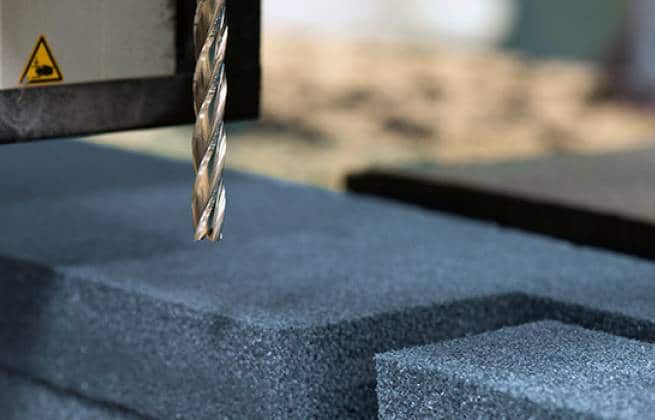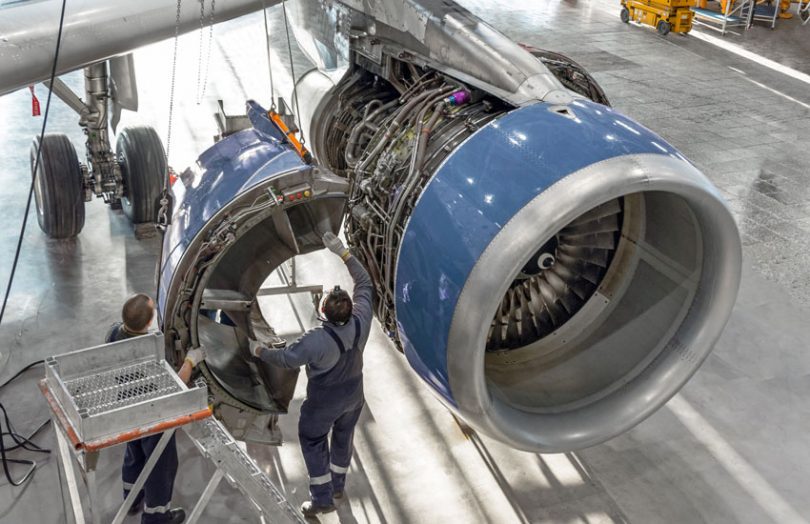If you’re in the shipping industry, you probably think about shock a lot. Because you probably know that just one too many impact events (or just one very big one) can mean the end of the line for your cargo.
The unfortunate truth is, the supply chain can be rough, and, along the way, there’s just not a whole lot of accountability when it comes to handling. The unpredictability of handling in the supply chain is exactly why the quality of the shipping material you use is so critical. Worst of all, inadequate or inappropriate protection can cost you a lot of money.
Statistically, drops are the greatest handling risk when it comes to fragile shipments. That’s because drops generate shock, one of the most damaging forces in the shipping industry. All this is to say, good shock absorption is critical.
Following is an overview of one of CCG’s case studies that presents an example of the problem of shock and the solution we came up with to address it.
Saving Delicate Devices from Shock
Sierra Nevada Corporation’s Problem
Sierra Nevada Corporation (SNC) creates a lot of really cool things, and one of the most interesting is its integrated software systems that assist law enforcement and military by way of Radio Controlled Explosive Devices (RCIED). SNC provides this critical support domestically and overseas, helping defend responders with comprehensive electronic countermeasures.
Because SNC’s highly sophisticated and delicate systems travel the world, they’re especially vulnerable to shock damage during handling and airborne transport. And when the systems are damaged, the company can take quite a hit. They needed shipping cases with maximum shock absorption to transport this important airborne instrumentation.
CCG’s Solution
As soon as we got the order, our expert packaging engineers set to work. First, they conducted G-force testing to determine the exact specifications the cargo needed for optimal protection. Taking that data, the team designed a case interior configuration to provide a hand-in-glove fit for the equipment. Using CAD and die cutting technology, the engineers manufactured the case interior using polyethylene foam with a specific density to prevent vibration and shock.
Then, our engineers capped things off with an ultra-tough injection molded Pelican case outer shell. The result was a shipping case design impervious to whatever drops, bumps or turbulence might come its way.
Want to learn more about custom shipping case technology? Check out these other educational (and entertaining!) posts on the CCG blog:
Pelican MobileIT Cases
Custom Case Construction – Learn More!
Materials Matter: Part 1 — Plastics: 5 Tactics Behind Plastics For Custom Cases


